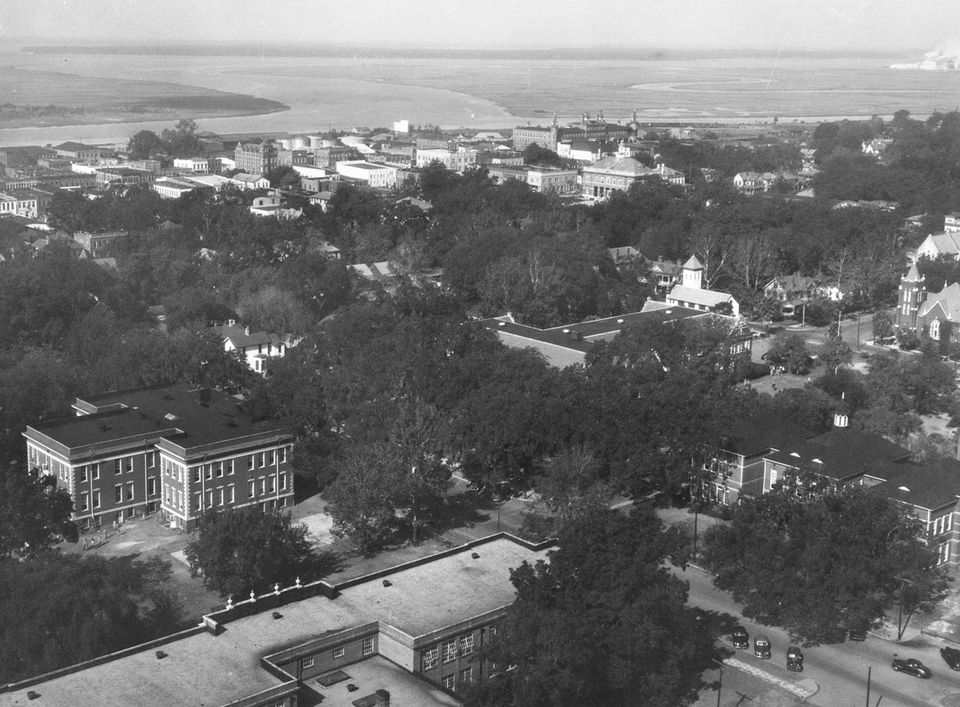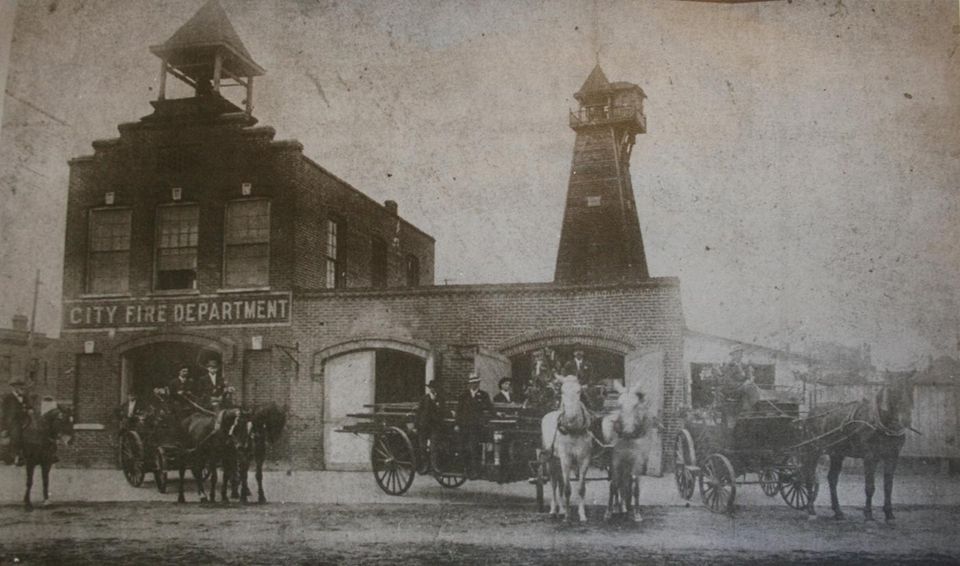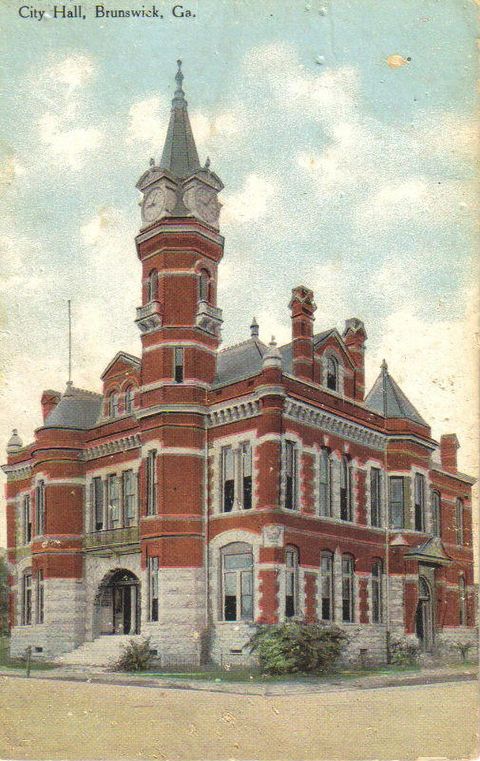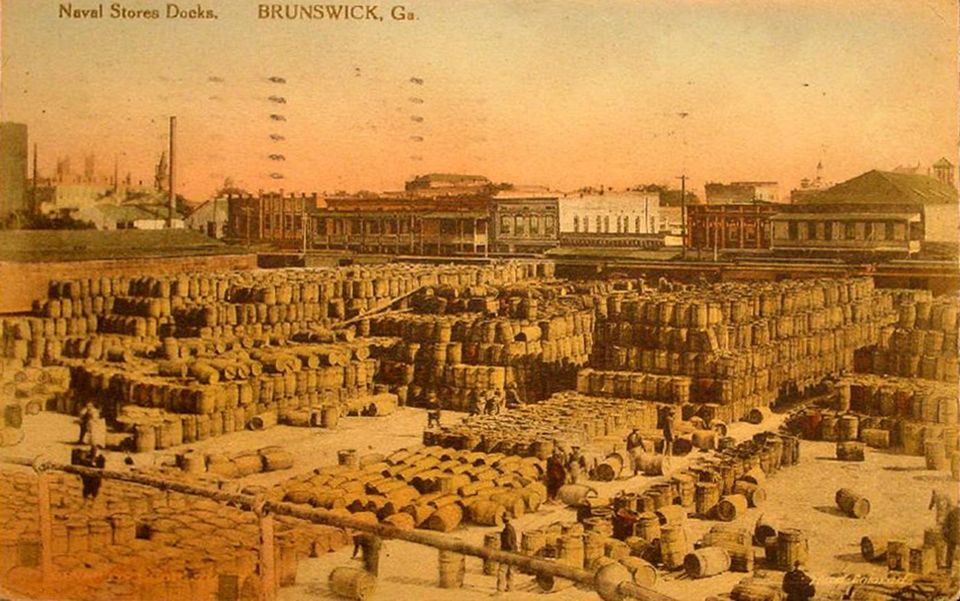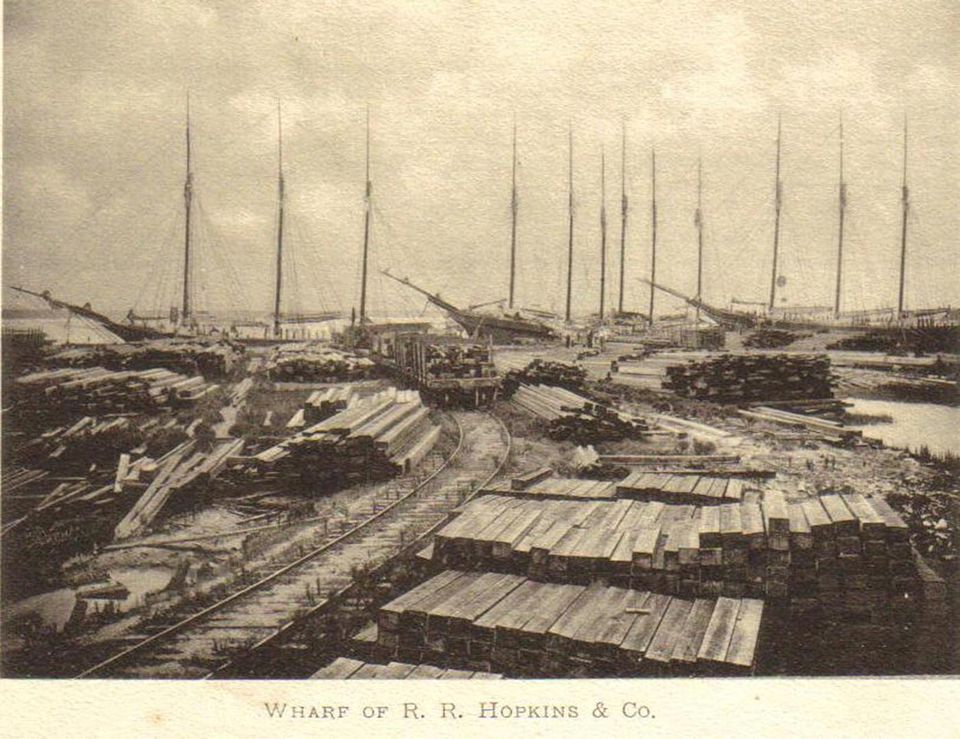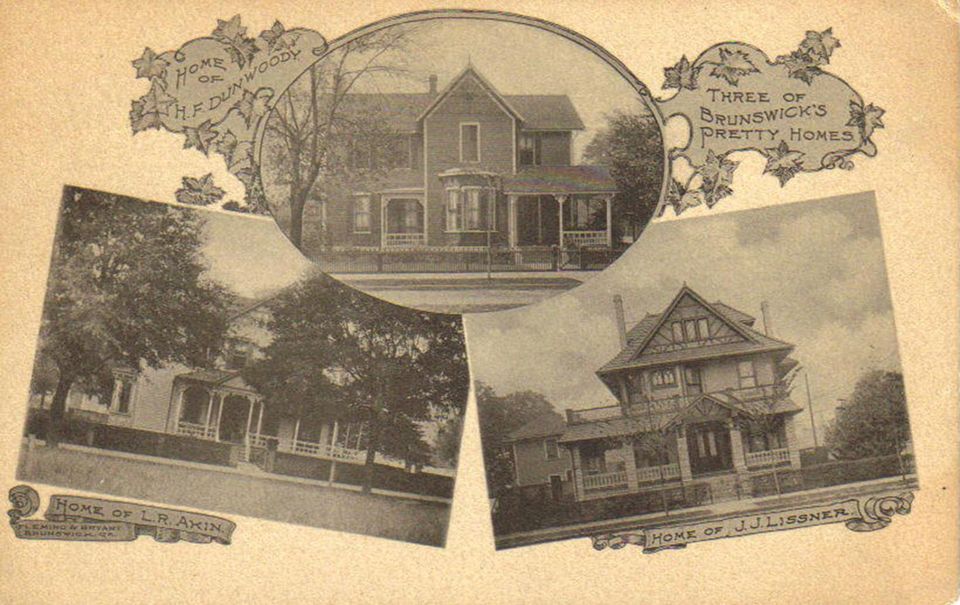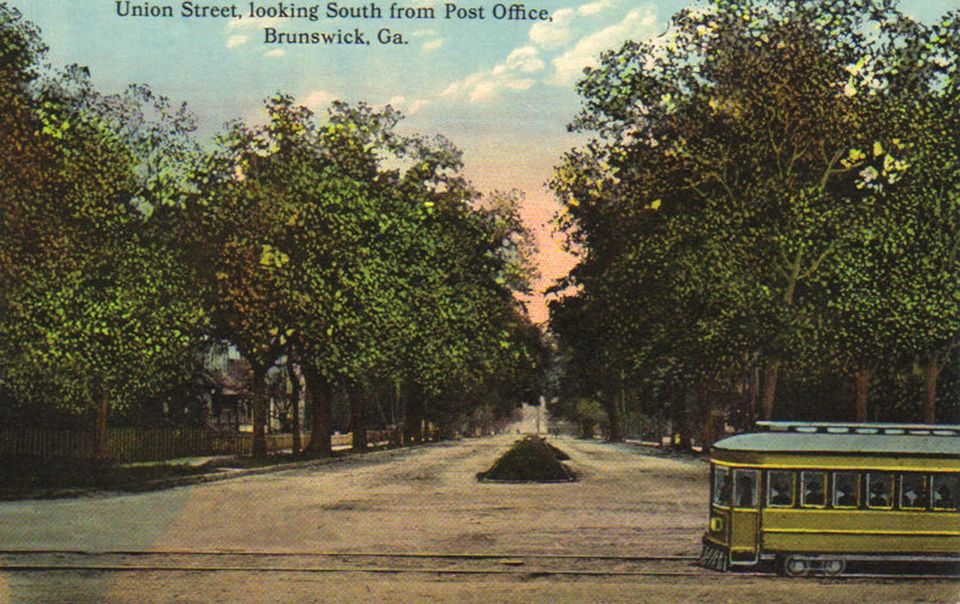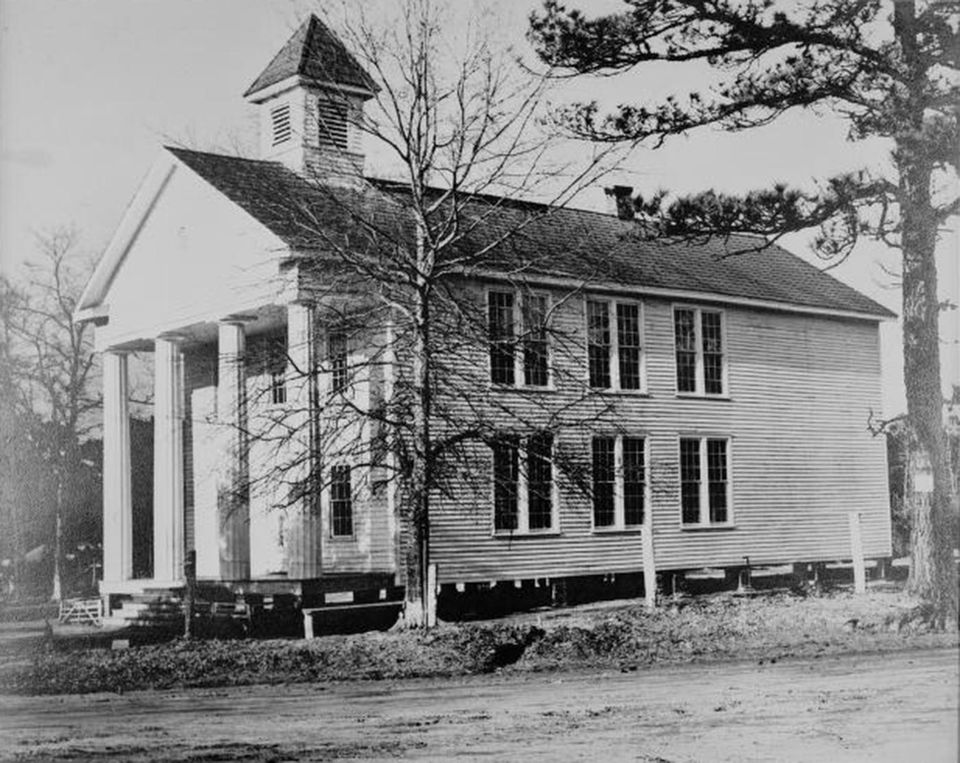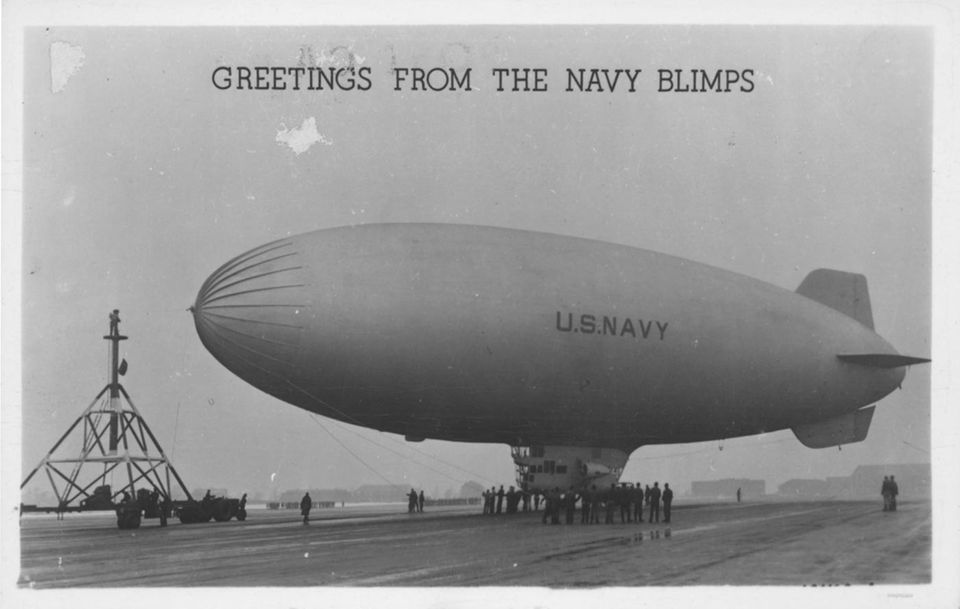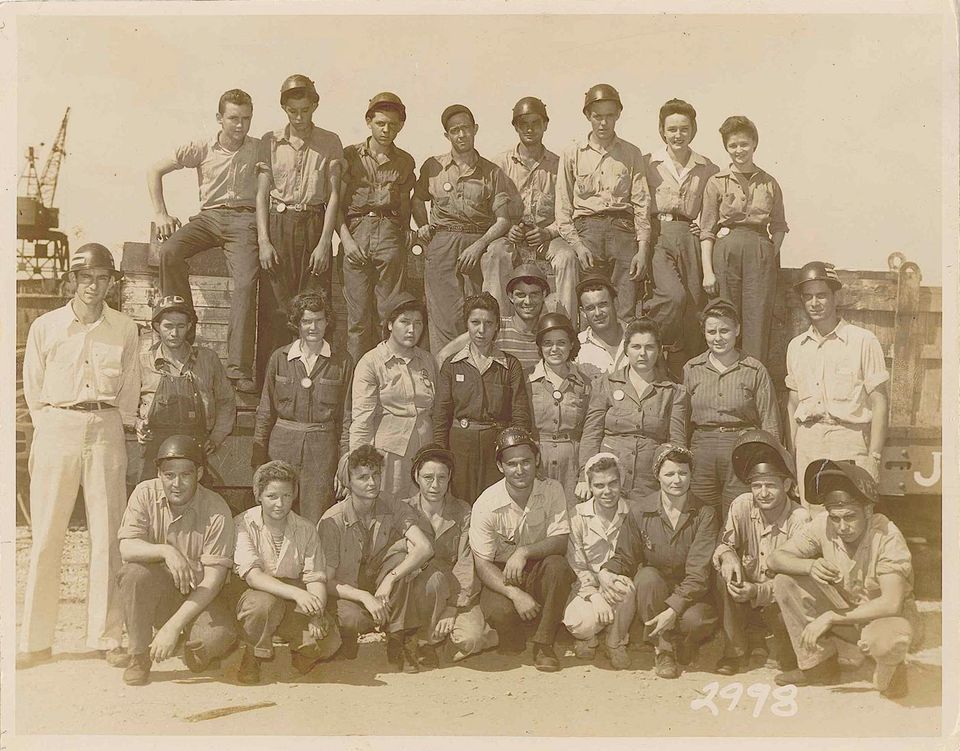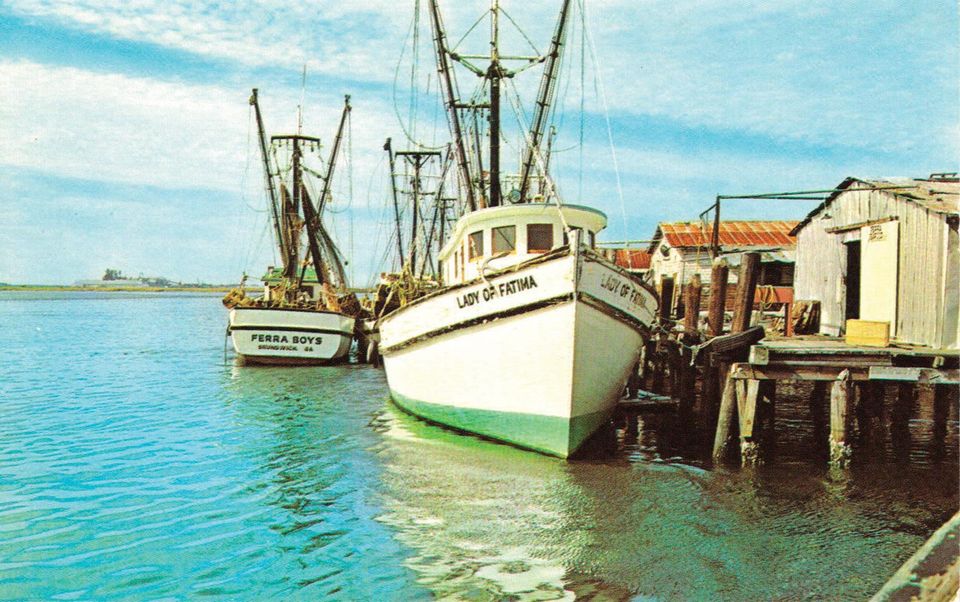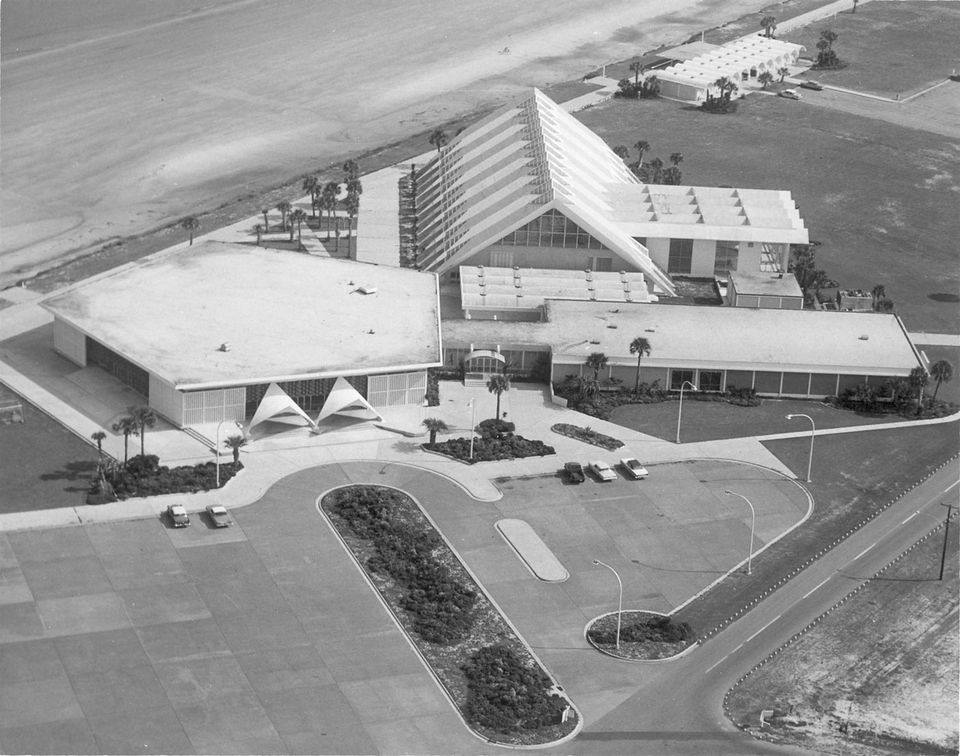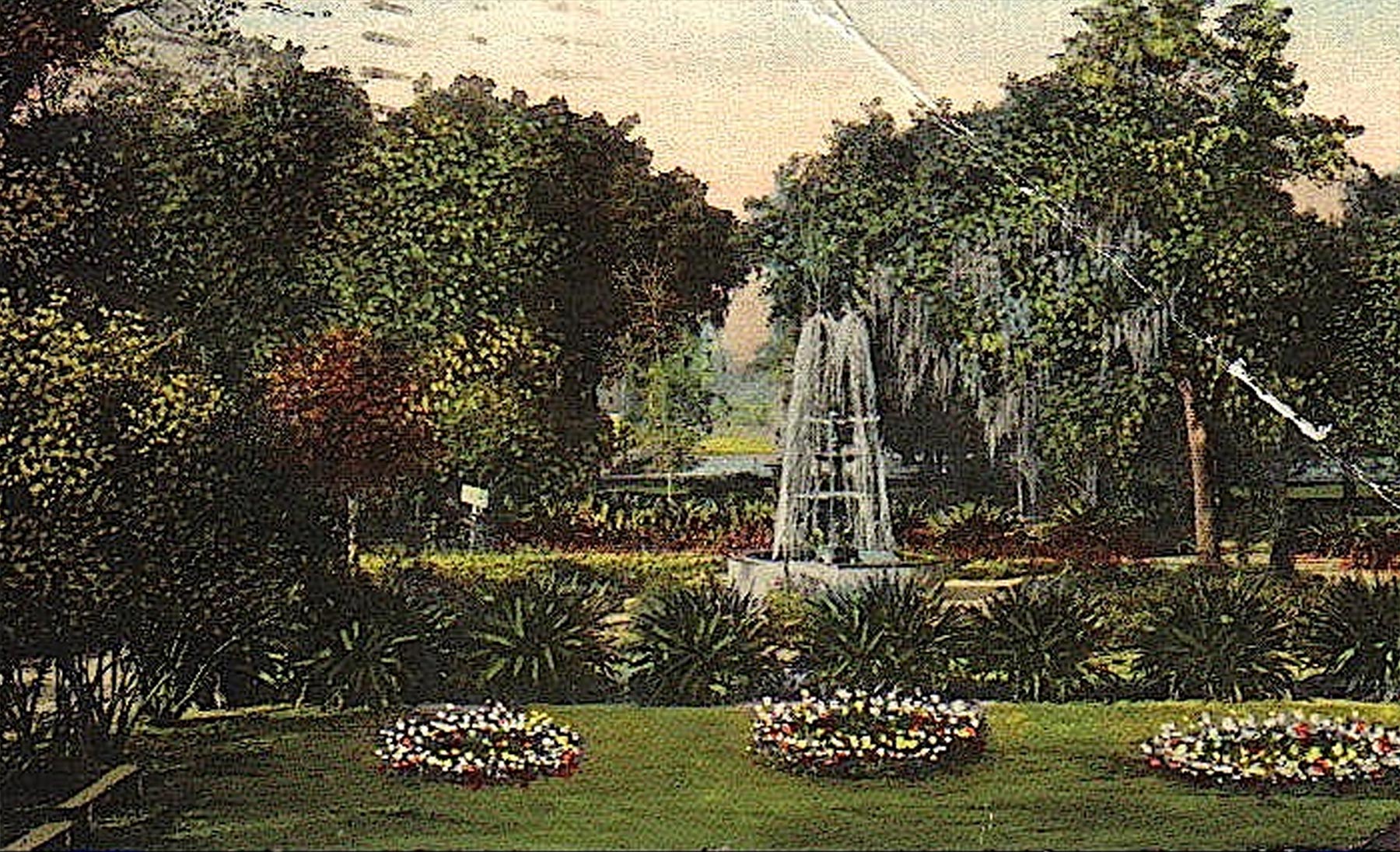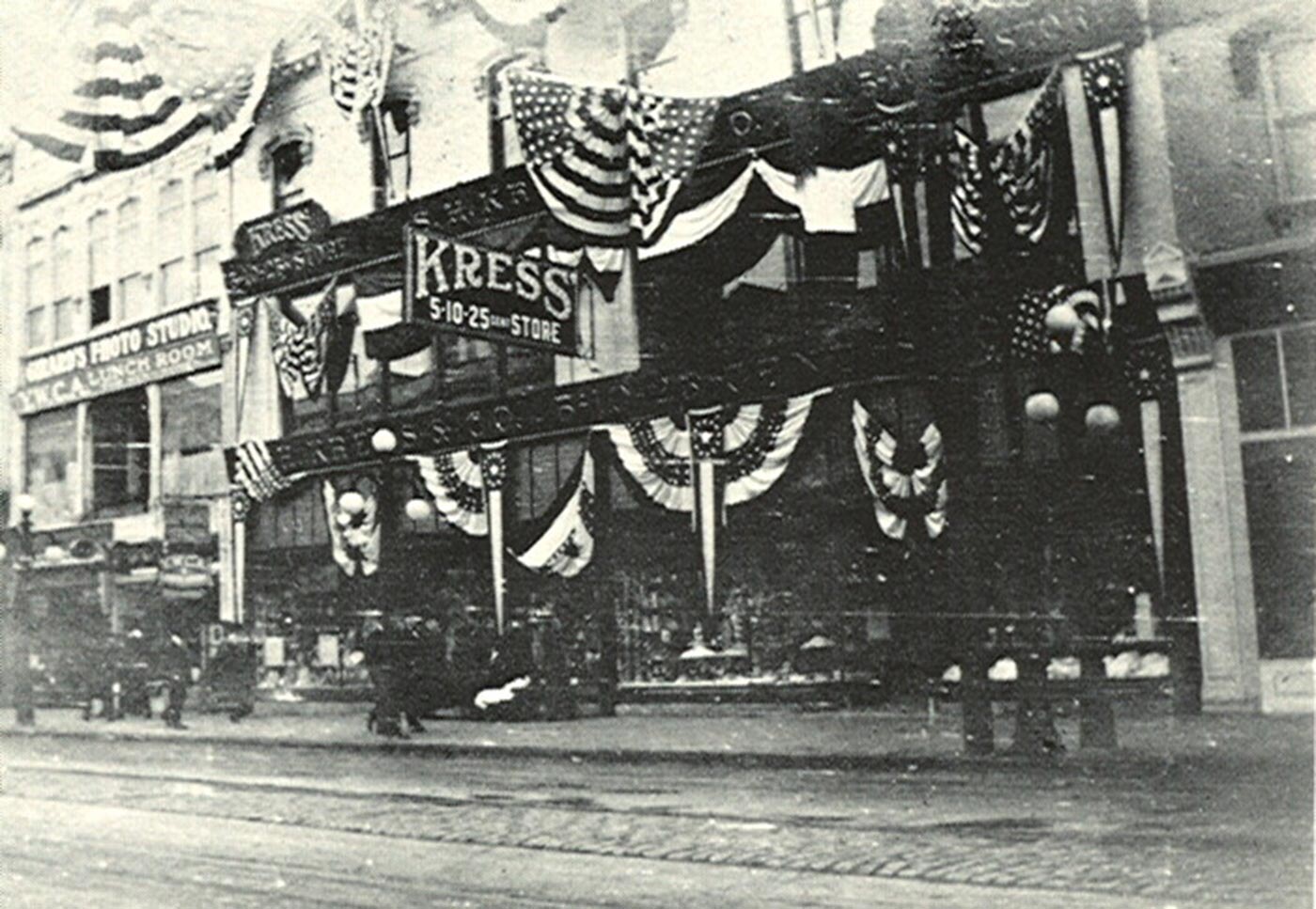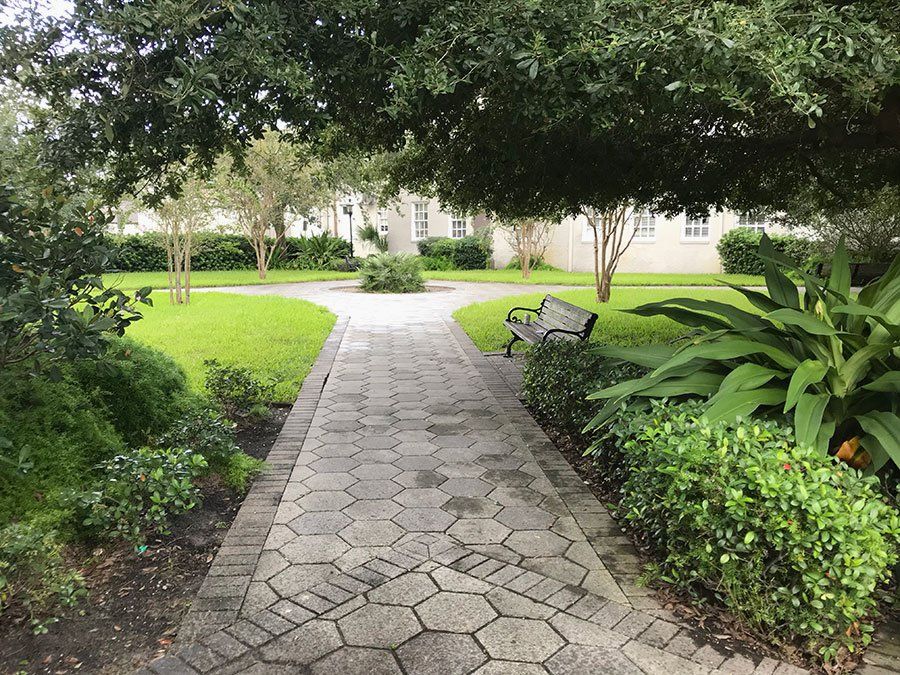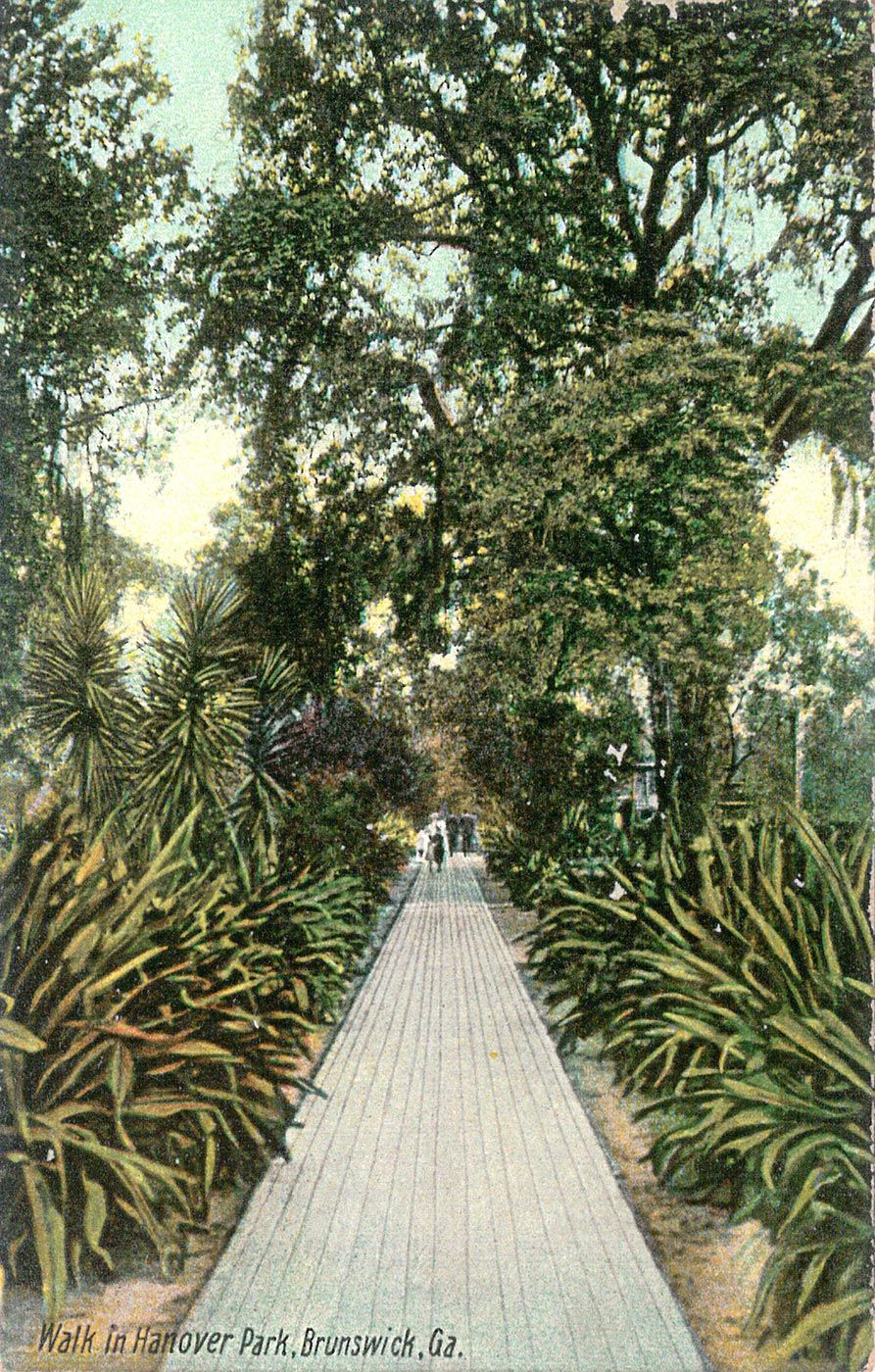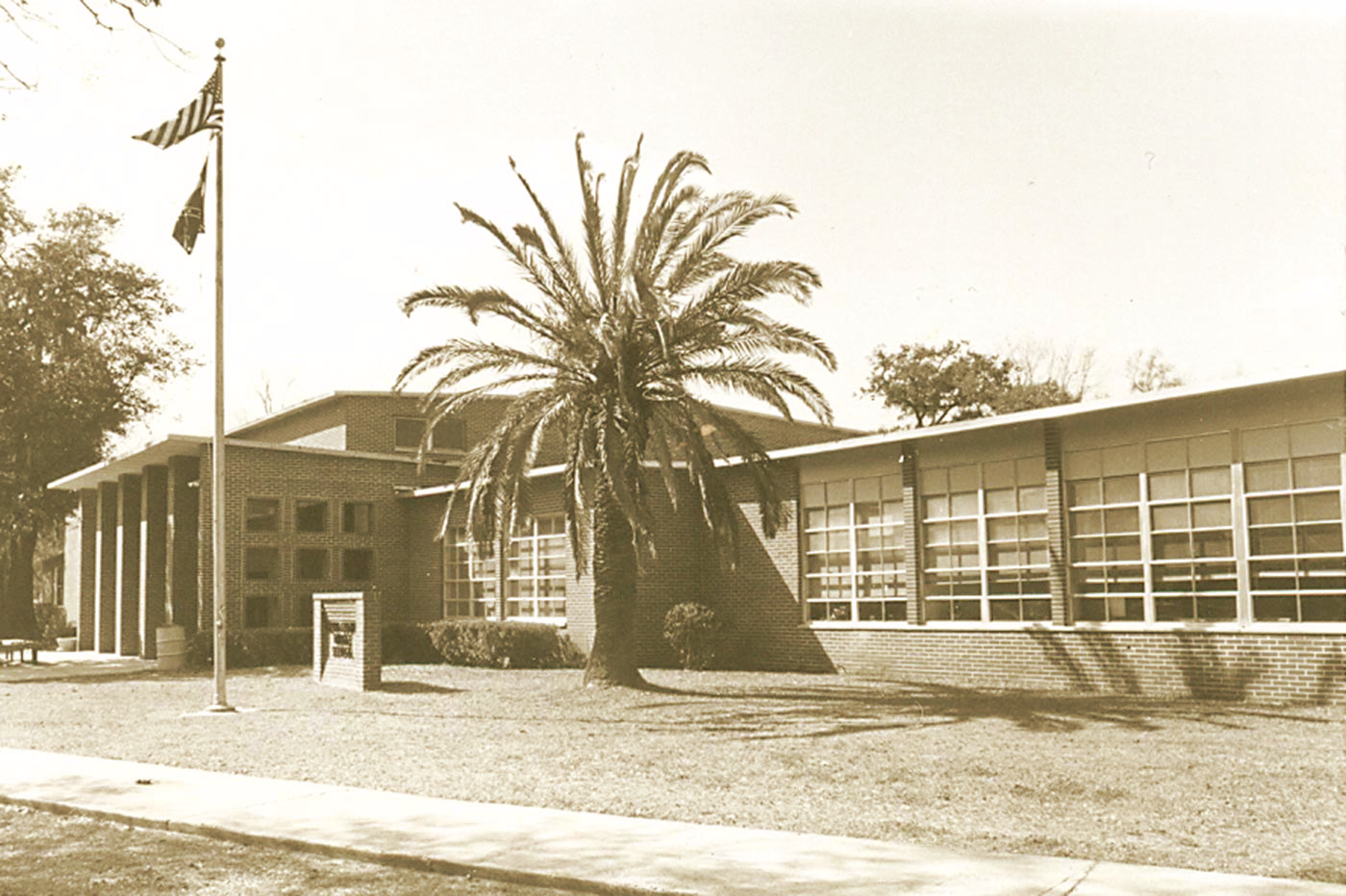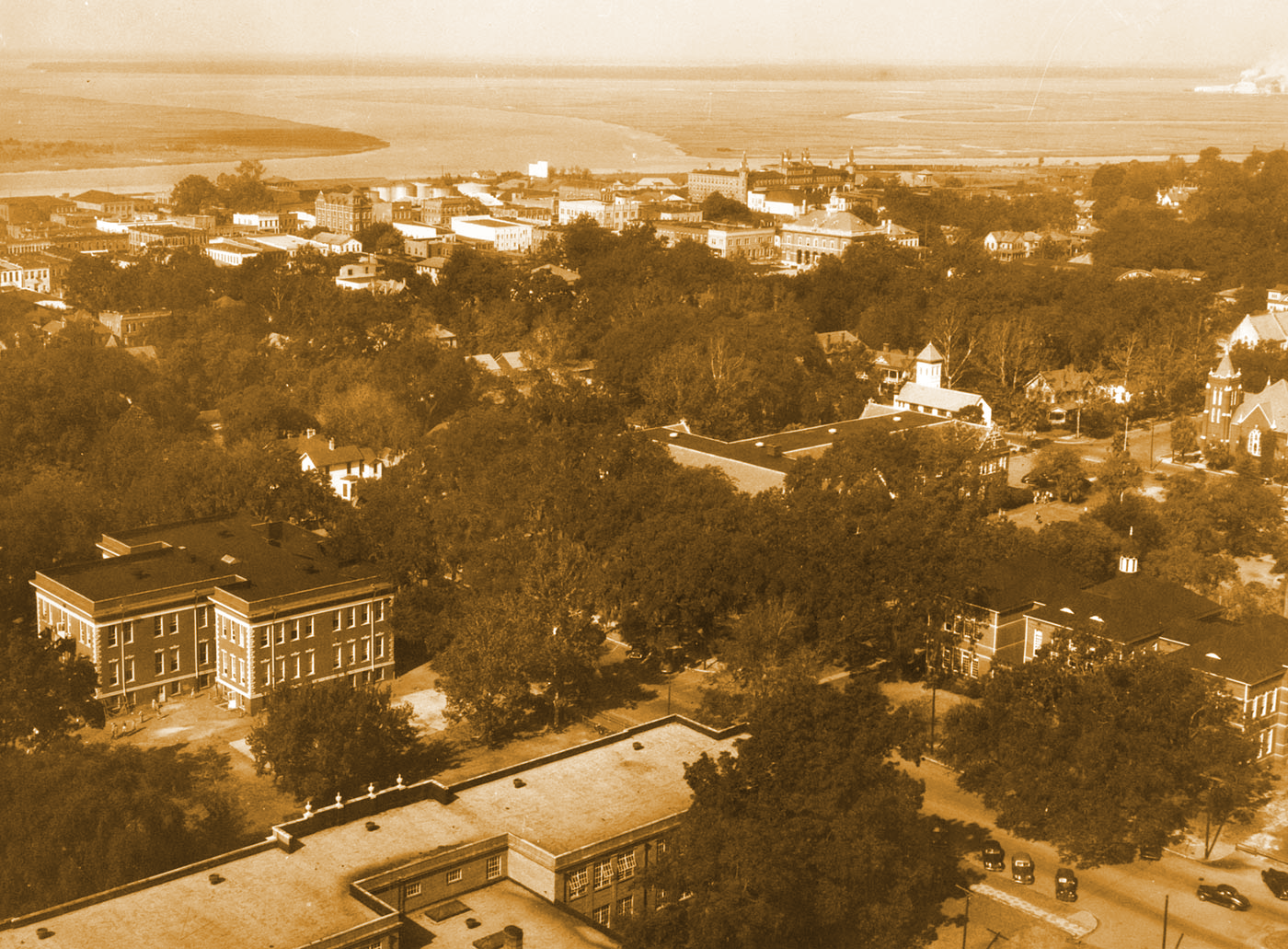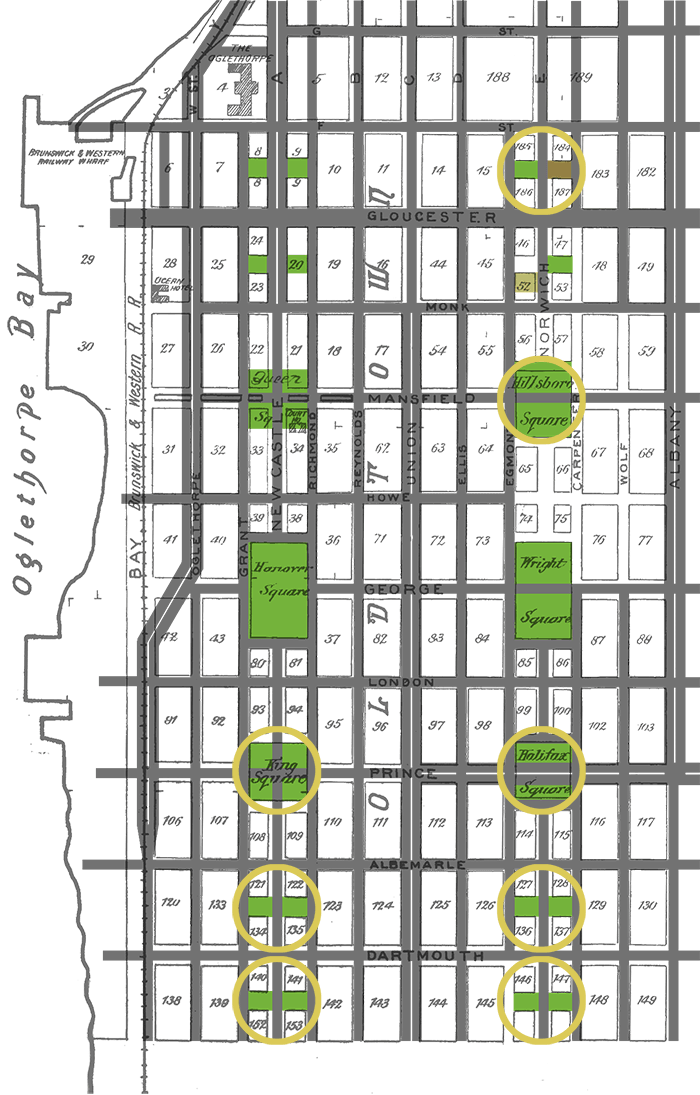
Residential Squares History
Button
Residential Squares History
The Oglethorpe Hotel and other landmarks are clearly visible in this photo taken from a NAS Glynco Navy airship in the early 1950s. Courtesy Glynn County Airport Commission.
THE CITY FIRE DEPARTMENT, CIR. 1884. Courtesy Capt. Chuck Yeargin, Glynn County Fire Department.
BRUNSWICK NAVAL STORES DOCKS. Courtesy Golden Isles Arts & Humanities Association.
Railroad ties exports were an important revenue source for Brunswick in the late 1800s. Courtesy Golden Isles Arts & Humanities Association.
MANY BEAUTIFUL HOMES WERE CONSTRUCTED BETWEEN 1870-1910. Courtesy Golden Isles Arts & Humanities Association.
TROLLEY LINES CROSSED THROUGH NEARLY EVERY SQUARE WITH THE EXCEPTION OF HANOVER. Courtesy Golden Isles Arts & Humanities Association.
THE OLD GLYNN ACADEMY SCHOOLHOUSE NOW RESIDES ON THE GLYNN ACADEMY GROUNDS AT HILLSBOROUGH SQUARE. Courtesy Golden Isles Arts & Humanities Association.
The forest products industry in Brunswick became a defense manufacturing priority in World War II. Courtesy Golden Isles Arts & Humanities Association.
GLYNCO NAVAL AIR STATION WAS ESTABLISHED IN 1943 AS A BASE FOR NAVAL BLIMPS. Glynn County Airport Commission.
Shipwrights from Line 1 at the J.A. Jones Shipyards in Brunswick. Courtesy Coastal Georgia Historical Society.
POST-WAR, COASTAL WATERS WERE RE-OPENED TO COMMERCIAL FISHING AND SHRIMPING. Courtesy Golden Isles Arts & Humanities Association.
THE AQUARAMA ON JEKYLL ISLAND PROVIDED WELL-DESERVED INDOOR WATER RECREATION FOR FAMILIES AFTER THE WAR. Courtesy Glynn County Airport Commission.
- Kay Square/ Hillary Square 1511 Norwich St, Brunswick, GA, United States
- Hillsboro Square 1001 Mansfield St, Brunswick, 31520, GA, United States
- King Square 900 Newcastle St, Brunswick, 31520, GA, USA
- Halifax Square 1000 Prince St, Brunswick, 31520, Glynn, GA, United States
- Crispen Square 715 Newcastle St, Brunswick, GA, United States
- Satilla Square 714 Norwich St, Brunswick, GA, United States
- St. Simons Square 614 Newcastle St, Brunswick, GA, United States
- Frederica Square 614 Norwich St, Brunswick, GA, United States

